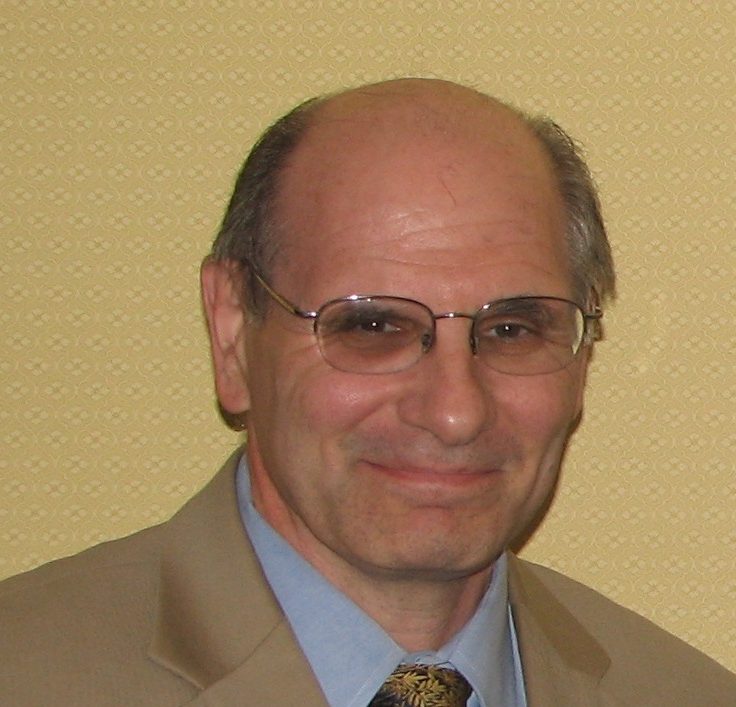
 Lake Chad has contracted approximately by 90% from its 1963 area of 25,0000 square kilometers to 2,500 square kilometers today. This has contributed to increased economic hardship and insecurity to the more than 30 million Africans living in the Lake Chad Basin (LCB). The loss of Lake Chad would be a catastrophe for the African continent and can only be reversed by transferring quantities of water from outside the region of the LCB.
Lake Chad has contracted approximately by 90% from its 1963 area of 25,0000 square kilometers to 2,500 square kilometers today. This has contributed to increased economic hardship and insecurity to the more than 30 million Africans living in the Lake Chad Basin (LCB). The loss of Lake Chad would be a catastrophe for the African continent and can only be reversed by transferring quantities of water from outside the region of the LCB.
Lake Chad has contracted approximately by 90% from its 1963 area of 25,0000 square kilometers to 2,500 square kilometers today. This has contributed to increased economic hardship and insecurity to the more than 30 million Africans living in the Lake Chad Basin (LCB). The loss of Lake Chad would be a catastrophe for the African continent and can only be reversed by transferring quantities of water from outside the region of the LCB.
The design ofTransaquawas proposed as a solution to the shrinking lake 40 years ago by Dr. Marcello Vichi, working for Bonifica engineering company. He estimated then that the discharge of the Congo River into the Atlantic Ocean was 60,000 cubic meters per second, annualized at 1,9 trillion cubic meters. New estimates of the volume of the Congo River are lower, approximately 42,000 cms.Transaquaenvisions the creation of a 2,400-kilometer canal extending from the southeastern portion of the Democratic Republic of the Congo (DR Congo) to the Chari River in the Central African Republic, which flows into Lake Chad. The navigable canal would be formed by diverting 5-8% of the water from the Congo River’s tributaries. Using the original estimate of the Congo River, this canal could theoretically transfer 100 billion cubic meters of water restoring Lake Chad to its 1963 depth and size.New estimates are a yearly transfer 30-50 billion cubic meters of water
The unique-revolutionary idea ofTransaquais to use necessity of saving Lake Chad with this new canal, to inaugurate a new corridor of economic trade and commerce between the nations of the Lake Chad and Congo River basins. Establishing a super-economic development zone potentially encompassing upwards of 12 nations-approximating one third of the continental landmass. The benefits of this Pan African infrastructure project include; thousands of more acres of irrigated land, additional hydro-electric power, increased agricultural output, new fisheries, and manufacturing centers.Transaquawould also intersect the new East-West Highway and (hopefully) the soon to be built East-West railroad.
If this project had been pursued decades ago, much of the conflict in the Democratic Republic of the Congo, in the Central African Republic, and in northeast Nigeria would have been obviated through economic development.
Transaqua is awaiting a feasibility study, which will cost $3-5 million dollars and would take eighteen months to complete. The Italian government is committed to contributing 1.5 million Euros towards the feasibility study.
Regards,
Lawrence Freeman is a Political-Economic Analyst for Africa, who has been involved in the economic development policy of Africa for over 30 years. He is the creator of the blog: lawrencefreemanafricaandtheworld.com



_jpg/250px-ElbeDay1945_(NARA_ww2-121).jpg)





